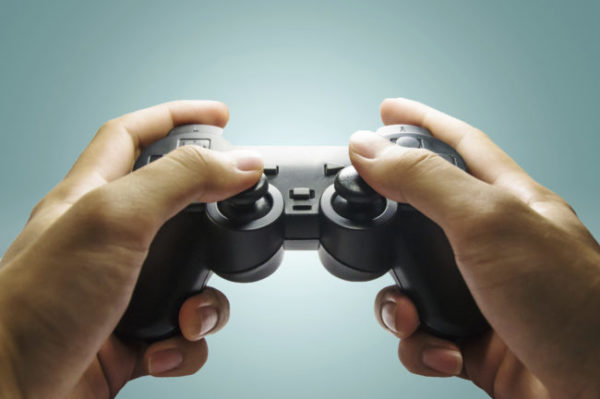On March 30, 2018, a federal judge denied a motion in defense of a video game producer’s use of tattoo designs in its basketball-themed games. As we have previously covered, Solid Oak Sketches LLC, the owner of eight copyrighted tattoos donned by several high profile NBA players, filed suit against video game producer and distributer, Take-Two Productions, for alleged infringement. Solid Oak purchased the designs directly from the tattoo artists, and offered to allow Take-Two to use them for $819,000, or perpetually for $1.14 million. Take-Two declined but nevertheless proceeded to use the images in its games.
Take-Two sought to put the suit to rest by claiming that while it did adorn its animated players with tattoos to make them appear as realistic as possible, its use was de minimis, or nominal, and did not infringe on Solid Oak’s copyright interests. Additionally, the producer alleged that its use of the images was fair.
To succeed in its copyright infringement claim, Solid Oak must demonstrate that Take-Two has not only copied its work, but that the copying is prohibited by the existence of a “substantial similarity.” According to the court, such similarity is judged by whether “an average lay observer would recognize the alleged copying as having been appropriated from the copyrighted work.” A de minimis use is not considered a copyright infringement, but where the factual copying is undisputed, as here, the analysis becomes “whether the admitted copying occurred to an extent sufficient to constitute actionable copying, i.e., infringement.” This is determined by the qualitative and quantitative relativity to the copyrighted material, meaning the “level of abstraction at which the works are compared,” and the “amount of the copyrights work that is copied,” respectively.
The court’s March 30 decision provided that the proceedings were simply too premature at this point to evaluate whether Take-Two’s use of the designs was, in fact, de minimus, and further, if it was fair. It provided that because the “visibility and prominence of the Tattoos on screen are affected by countless possible game permutations that are dependent on individual players’ choices,” the court would require the production of ample evidence to determine whether the “average lay observer” would view the images as having been copied.

